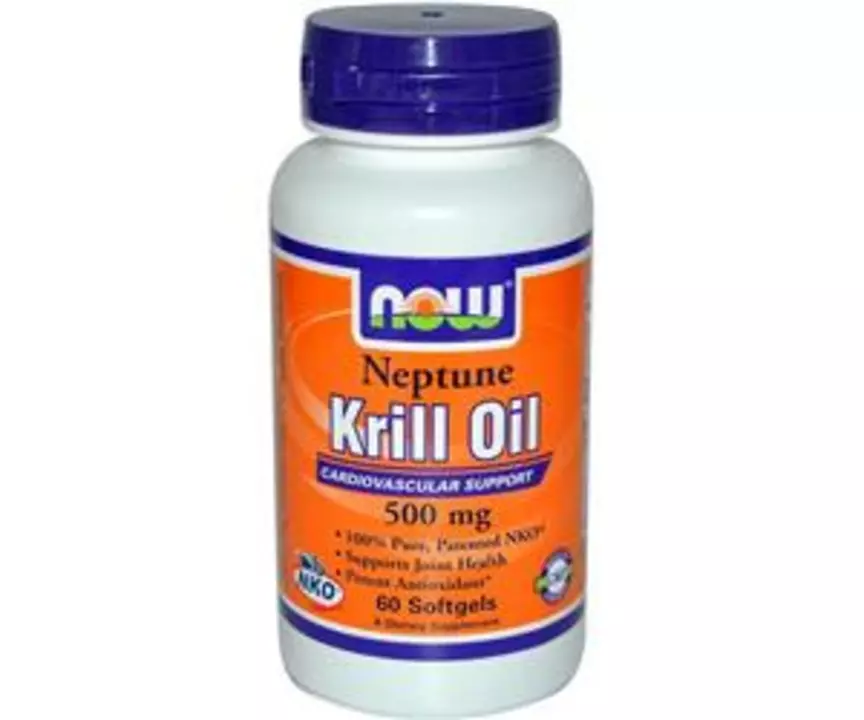Joint Health: Simple Ways to Protect Your Joints
Stiff knees or sore hips slowing you down? Small daily choices add up. You don’t need expensive gadgets or extreme diets to feel better. Try a few smart habits below and you’ll notice less pain and more movement.
Quick daily habits that actually help
Move, but not the wrong way. Low-impact exercise—walking, swimming, cycling—builds muscle around joints without pounding them. Aim for 20–30 minutes most days. Add two short strength sessions a week (light weights or bodyweight) to support knees, hips, and shoulders.
Lose a bit of weight if you’re carrying extra pounds. Every kilogram lost cuts joint load, especially at the knees. Swap one sugary drink a day for water and take one extra short walk; small changes stick.
Mind your posture and footwear. Flat, supportive shoes reduce knee and hip strain. When lifting, bend your knees and keep weight close to your body. Sleep matters too—poor sleep raises pain sensitivity. Try a consistent bedtime and a cooler, darker room.
Smart supplements and safe treatments
Omega‑3 fish oils help reduce joint inflammation for some people. If you prefer plant sources, look for algal oil or learn about Calanus oil in our site guide—omega‑3s are the active part many studies link to less morning stiffness.
Glucosamine and chondroitin can help some people with osteoarthritis. They’re not magic, but many notice gradual improvement over several months. Vitamin D matters for bone and muscle strength—get your levels checked before supplementing aggressively.
Over‑the‑counter options: topical NSAIDs (gels) target pain with fewer stomach side effects than pills. Oral NSAIDs (ibuprofen, naproxen) work well short-term but can raise bleeding, blood pressure, and stomach risks—use the lowest effective dose and talk to your doctor if you take other meds.
Steroid injections can give strong, temporary relief for inflamed joints, but they’re not risk‑free and shouldn’t be sourced from sketchy online pharmacies. If you read about buying steroids online, be cautious—never self-administer prescription steroids without medical guidance.
Physical therapy is one of the best long-term moves. A therapist gives exercises that reduce pain and teach safer movement patterns. For sudden injury, use R.I.C.E. (rest, ice, compression, elevation) for 48–72 hours and see a clinician if swelling or pain stays severe.
When to see a doctor: if pain wakes you at night, starts suddenly with swelling and fever, follows a fall, or steadily limits daily tasks. Also check in if simple fixes don’t help after a few weeks—early treatment often prevents bigger problems.
Want more reading? Check our Calanus oil guide for omega‑3 info and our article on safe steroid shopping for why buying prescription drugs from unknown sites is risky. Small, steady steps beat dramatic fixes—protect your joints by moving smart, sleeping well, and choosing safe treatments.




